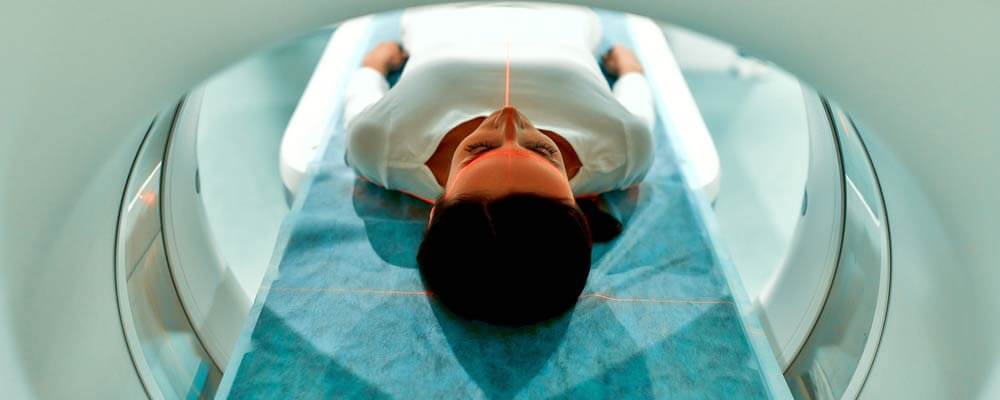MRI Technologist Associates Program in South Dakota
Alaska MRI Tech’s Monthly Pay is over $5709, and going up due to demand for qualified MRI techs. Whether you are looking for MRI Associates in South Dakota or MRI associate degree you need to take into consideration Pulse Radiology. Our accredited program is you ticket to a rewarding career. It’s clear that MRI Technologist classes helps your employment. Begin looking into several of the courses in your neighborhood and find out if you will find any programs you would want to sign up for. Should you do end up taking one of these brilliant courses, you will enjoy most of these benefits and much more. For additional info on the MRI Technologists Training in South Dakota, Pulse is offering please visit our CT Courses blog. If searching for radiology associates in South Dakota.
MRI Classes in South Dakota will kickstart a wonderful career: No one shouldn’t continue in a dead-end occupation. If you are not receiving the things you want out of your occupation, you need to start taking a look at further openings. The best MRI classes might be exactly what you should do to throw yourself into the kind of job that you’ve always wanted to have. Employed as an MRI Technician is thrilling, and there are numerous positions open to people that have successfully taken on these classes and aced the registry. Take control of your destiny! Work to have the training you’ll want for your career. The right courses will enable you to live the kind of life you need to lead.
So, if you are looking for an MRI Tech School in South Dakota offering associate’s degree in MRI? Since day one Pulse Radiology Instituted has been the prefer for radiology professional seeking info CT CEU in South Dakota. In 2020 we’re offering associate’s degree in radiology to those in in South Dakota looking to begin a career as an MRI technologist in South Dakota.
Blog Realted to MRI Associates in South Dakota
Why MRI Technologist Associates Program in South Dakota?
How does a profession with an average salary of $70k/year and a ton of benefits sounds to you? If so, perhaps you should consider getting an associate’s degree in MRI. According to a recent study “MRI Technologists made a median salary of $73,410 in 2019. The best-paid 25 percent made $87,280 that year, while the lowest-paid 25 percent made $61,030.” In fact, our graduates in South Dakota make on average $5497 monthly. The pandemic has highlighted the shortage of MRI & CT Techs. There has never been a better time to be a MRI Techs. Pulse Education an MRI Tech School in South Dakota can help you get there quickly and affordably! And no clinics are not in search of University of Georgia diplomas, they’re in seach of career minded people that are ready to work with minimum or no training. That is why there is such high demand for our alumni. Call Pulse Radiology today and speak to a career counselor about starting an MRI Associates in South Dakota.



